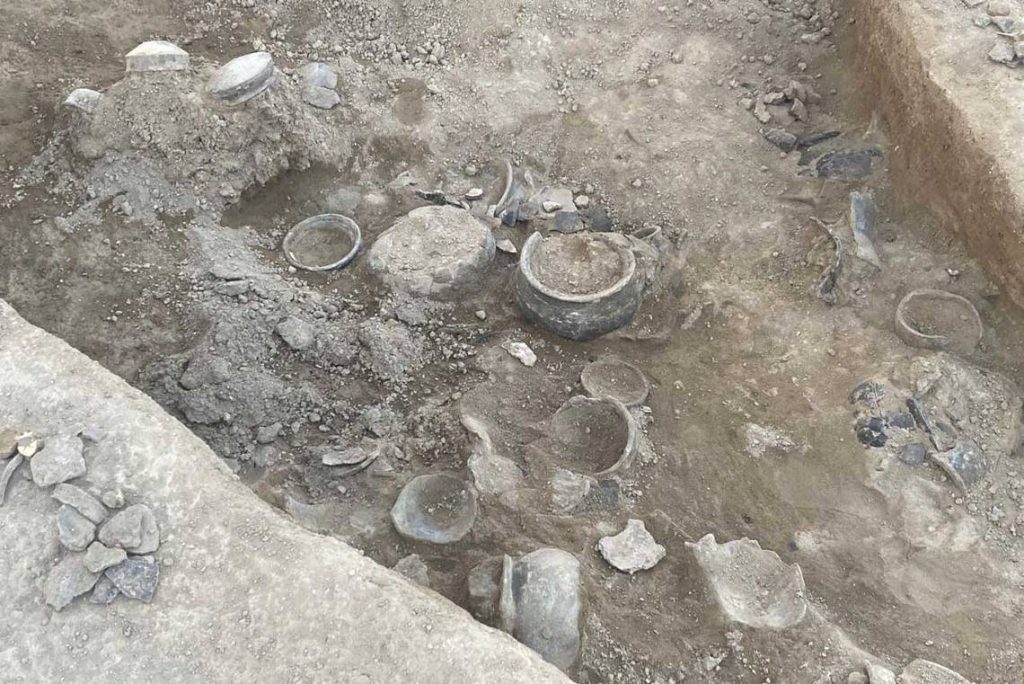Azeri and Italian archaeologists have discovered a 3500-year-old rest stop used by nomadic peoples in Azerbaijan.
Working in the area known as Tava Tepe, near the border between Armenia, Georgia and Azerbaijan, the team found the remains of a rest stop.
According to the archaeologists, the monumental structure was used by nomadic communities moving between the Kura River basin and the Caucasus Mountains during the Late Bronze Age and Early Iron Age, probably between 1500 and 750 BC.

The discovery was announced in a press release issued by the University of Catania on July 7.
The study team consists of Prof. Nicola Laneri of Ancient Near Eastern Archaeology and Art History at the University of Catania and archaeologists led by Bahtiyar Jalilov (Baku Academy of Sciences) at Tava Tepe in the Aghstafa region of western Azerbaijan.
The structure has a circular and possibly columned entrance. It is covered with reeds. In the center of the complex, which has a diameter of about 15 meters, eight oven-like structures, kitchen utensils, bowls and glasses were found.
Outside the central structure, a dumping area was uncovered. In addition to ceramic potsherds, a large number of animal bones (cattle, sheep and pig) were found.

There was also evidence that the resting area was used for ceremonial meals. Archaeologists uncovered an offering pit filled with human figures and broken pottery. The artifacts were buried in a thick layer of ash.
The remains from the kitchen and garbage area will provide new information about the food culture of the period.

The findings from Tava Tepe will be presented at a festival organized by the University of Catania in mid-July. The university will also host the international exhibition “From Babylon to Baghdad: In the Footsteps of Hammurabi” in December.
Cover photo: University of Catania




